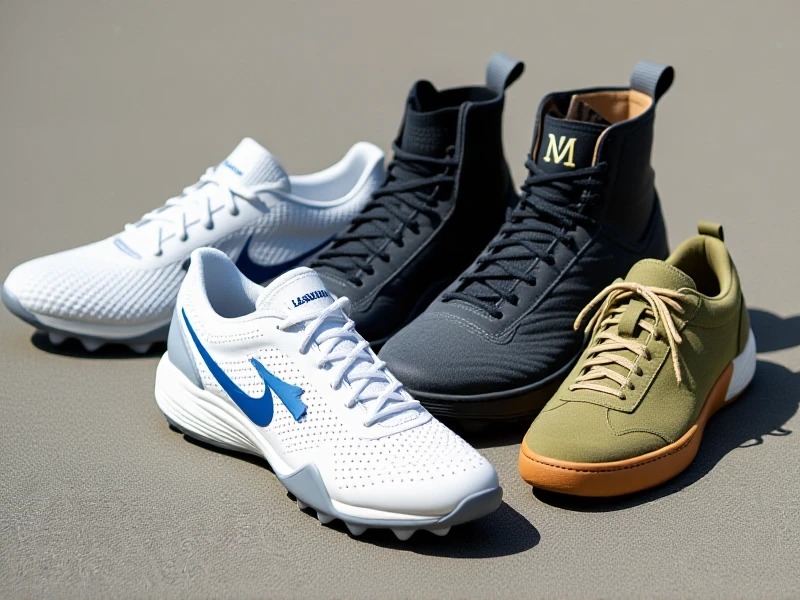Finding Your Perfect Running Shoes for Comfort and Performance

Running shoes are far more than just athletic footwear – they're essential tools that impact performance, comfort, and injury prevention. Choosing the right pair tailored to your unique stride and goals can transform your running experience. With countless options flooding the market, understanding key features is crucial when selecting your ideal running shoes.
The foundation of any great running shoe lies in its cushioning. Advanced foam technologies vary wildly; some prioritize soft, plush landings ideal for long distances, while others offer firmer, more responsive feedback preferred for speedwork. Don't confuse softness with support – proper cushioning absorbs shock while maintaining stability, protecting your joints mile after mile. Brands continuously innovate with proprietary midsoles, so consider how responsive or plush you desire your run to feel.
Support and stability features are non-negotiable for many, especially those with overpronation (inward rolling of the foot). Look for shoes incorporating medial posts, denser foam on the inner side, or structured heel counters. These elements guide the foot through a healthier motion, preventing strain on knees and ankles. Runners with neutral strides have greater flexibility but still benefit immensely from reliable, consistent support throughout the gait cycle.
Equally critical is the fit. Ill-fitting running shoes often cause blisters, black toenails, and hotspots, ruining any run. Your running shoe size may differ slightly from your casual footwear. Ensure adequate toe space (about a thumbnail's width), a secure midfoot hold without pinching, and a comfortable heel lock. Always try shoes on in the afternoon when feet naturally swell and aim to mimic running movement in the store if possible.
Finally, consider the outsole durability and traction that matches your terrain. Road running shoes emphasize rubber grip on pavement, while trail-specific models feature aggressive lugs and reinforced protection for rugged terrain. Think about the surfaces you frequent most and the level of ground feel versus cushioning you prefer.
Ultimately, investing time to understand these core aspects – cushioning, support, fit, and terrain suitability – empowers you to find running shoes that feel like partners, not obstacles. Visit a specialty run store for gait analysis and expert fitting to discover footwear truly optimized for your stride and unlock your strongest, most enjoyable miles. Remember to replace your running shoes every 300-500 miles to maintain peak performance and protect your body.